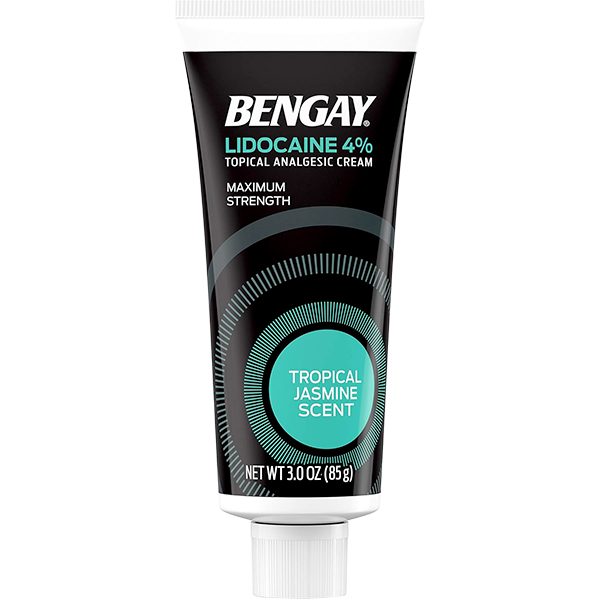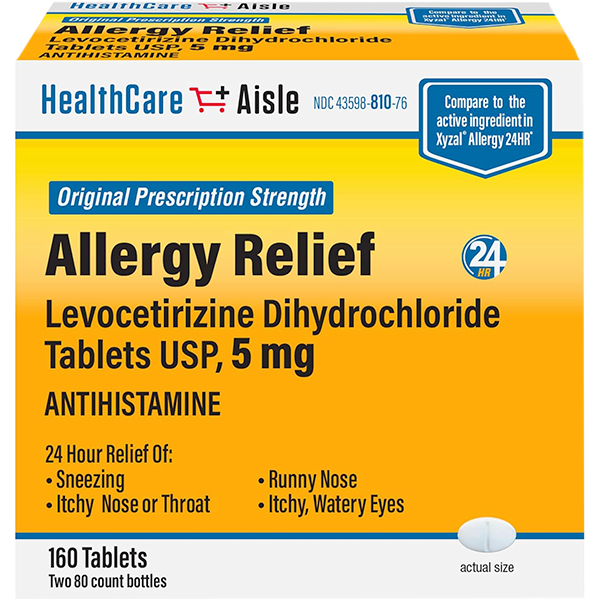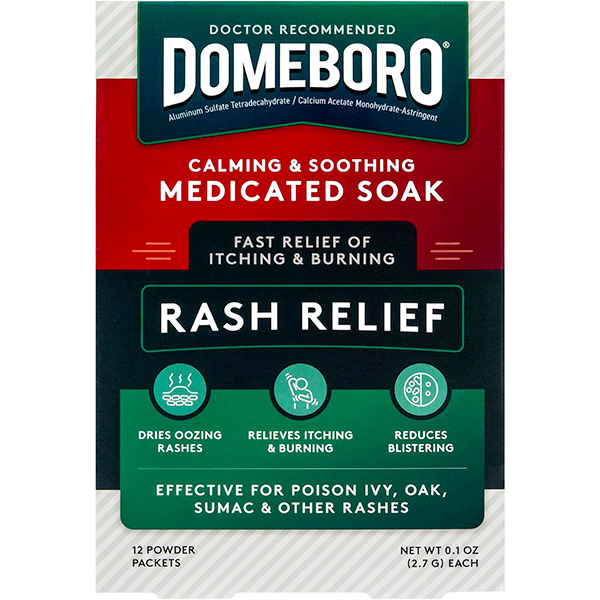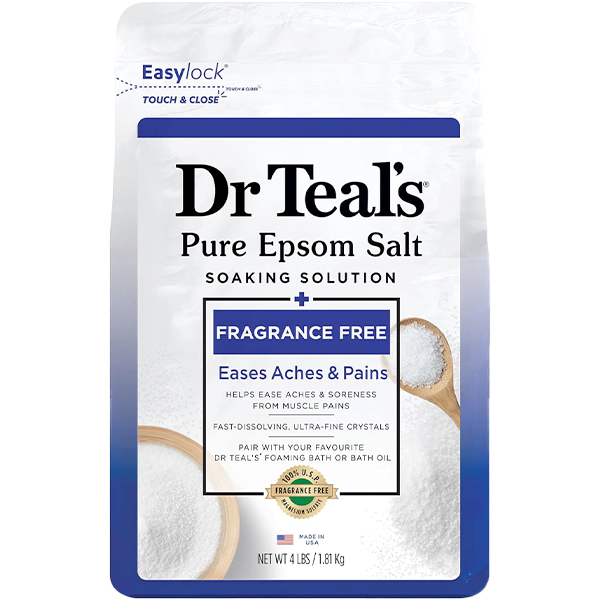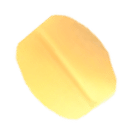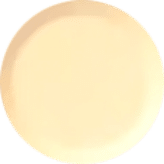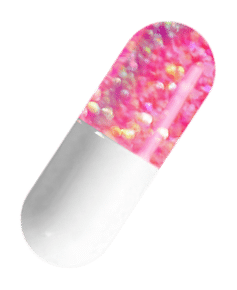Wasp stings can be painful and cause significant swelling and itching. If you’ve been stung and initial treatments haven’t completely alleviated the symptoms after a few days, it’s crucial to take additional steps to manage the discomfort and prevent complications. Here’s a detailed guide on how to treat a wasp sting effectively, especially when symptoms persist.
Initial Steps Immediately After the Sting
- Antihistamines: Taking Benadryl (diphenhydramine) immediately after the sting can help reduce allergic reactions and itching.
- Clean the Area: Wash the sting site thoroughly with soap and water to remove any venom and bacteria.
- Cold Compress: Applying a cold compress can help reduce swelling and numb the pain.
Advanced Care for Persistent Symptoms
If, after three days, the sting site is still causing problems, follow these steps to manage the symptoms:
1. Soak the Affected Area
- Ingredients:
- 2 gallons of water
- 2 packets of Domeboro’s solution
- 1/4 cup of Epsom salt
- Method:
- Mix the Domeboro’s solution and Epsom salt into the water.
- Soak the affected area for about 15 minutes to draw out excess fluid and reduce swelling.
2. Continue Taking Antihistamines
- Recommendation:
- Cetirizine (Zyrtec) is a good option as it does not cause drowsiness.
- Continue taking the recommended dose daily to keep allergic reactions under control.
3. Use Anti-Inflammatory Medication
- Ibuprofen:
- Taking ibuprofen can help reduce inflammation and pain. Follow the dosing instructions on the label.
4. Apply Topical Treatments
- Hydrocortisone Cream:
- Apply a small amount to the sting site to reduce inflammation and itching.
- Lidocaine 4%:
- Use a lidocaine cream to numb the area and relieve itching.
5. Further Treatment After Drying
- Calamine Lotion (Counterseptine):
- Once the area is dry from the previous treatments, apply a layer of calamine lotion to soothe the skin and reduce itching.
6. Compression
- Bandage:
- Apply a light compression bandage over the sting site. This can help reduce swelling and prevent the area from becoming more inflamed.
Ongoing Care
- Monitoring:
- Keep an eye on the sting site for signs of infection, such as increased redness, warmth, or pus. If these occur, seek medical attention.
- Hydration:
- Drink plenty of fluids to help your body flush out toxins.
- Rest:
- Ensure the affected area gets rest to avoid further irritation.
By following these steps, you can effectively manage a wasp sting even days after it has occurred. Consistency in treatment and monitoring the affected area are key to a speedy recovery. If symptoms persist or worsen, consult a healthcare professional for further advice.




